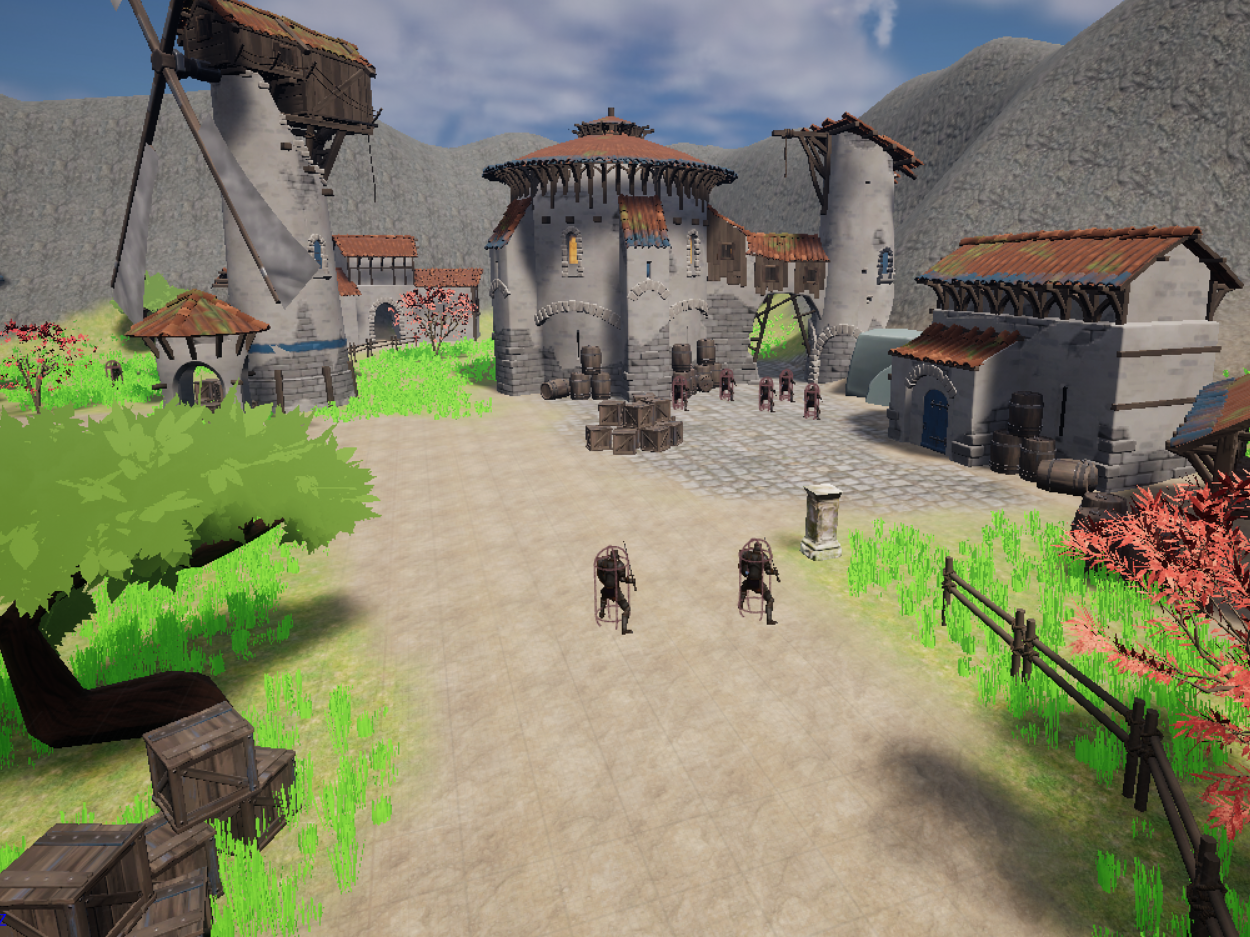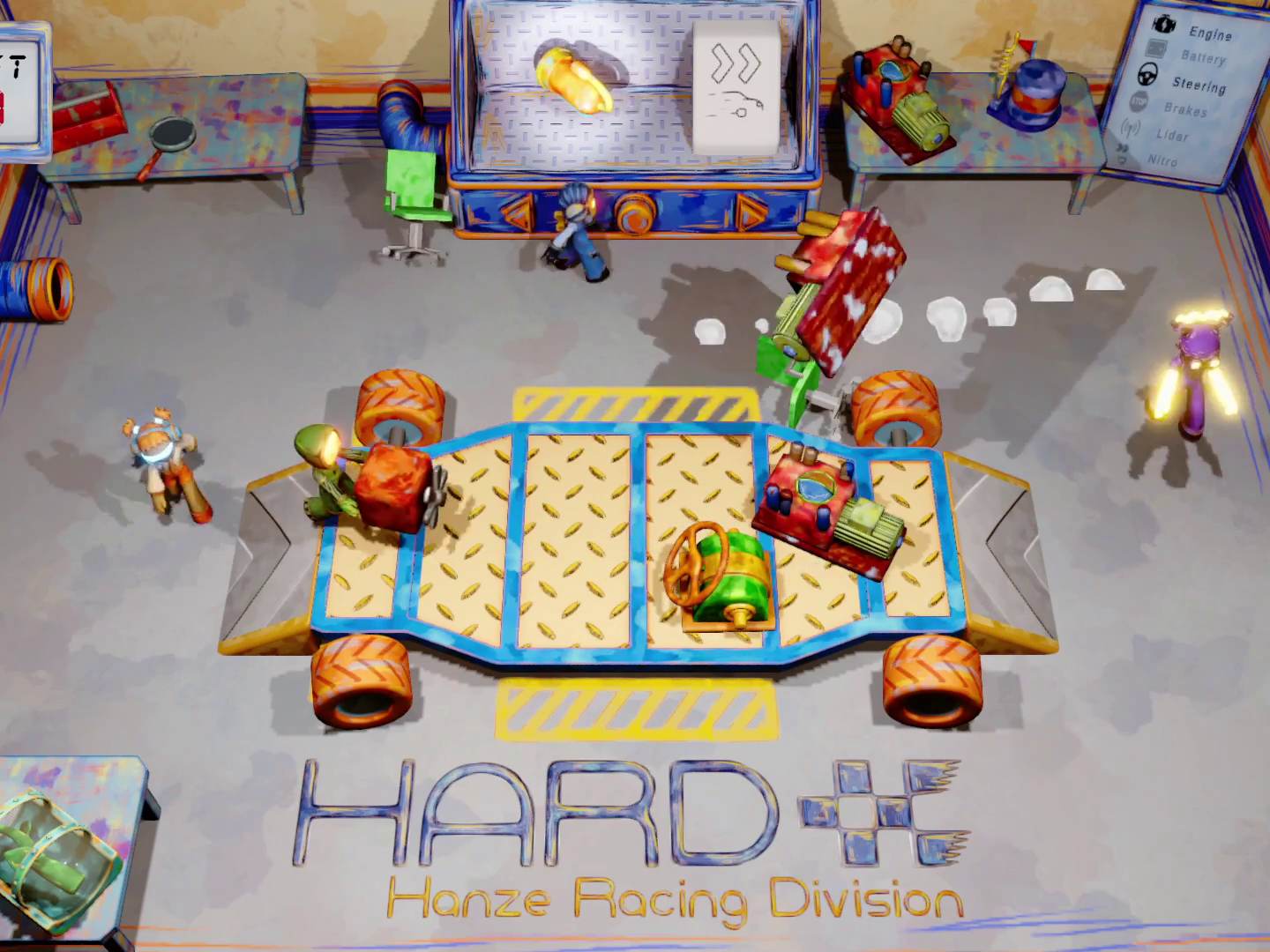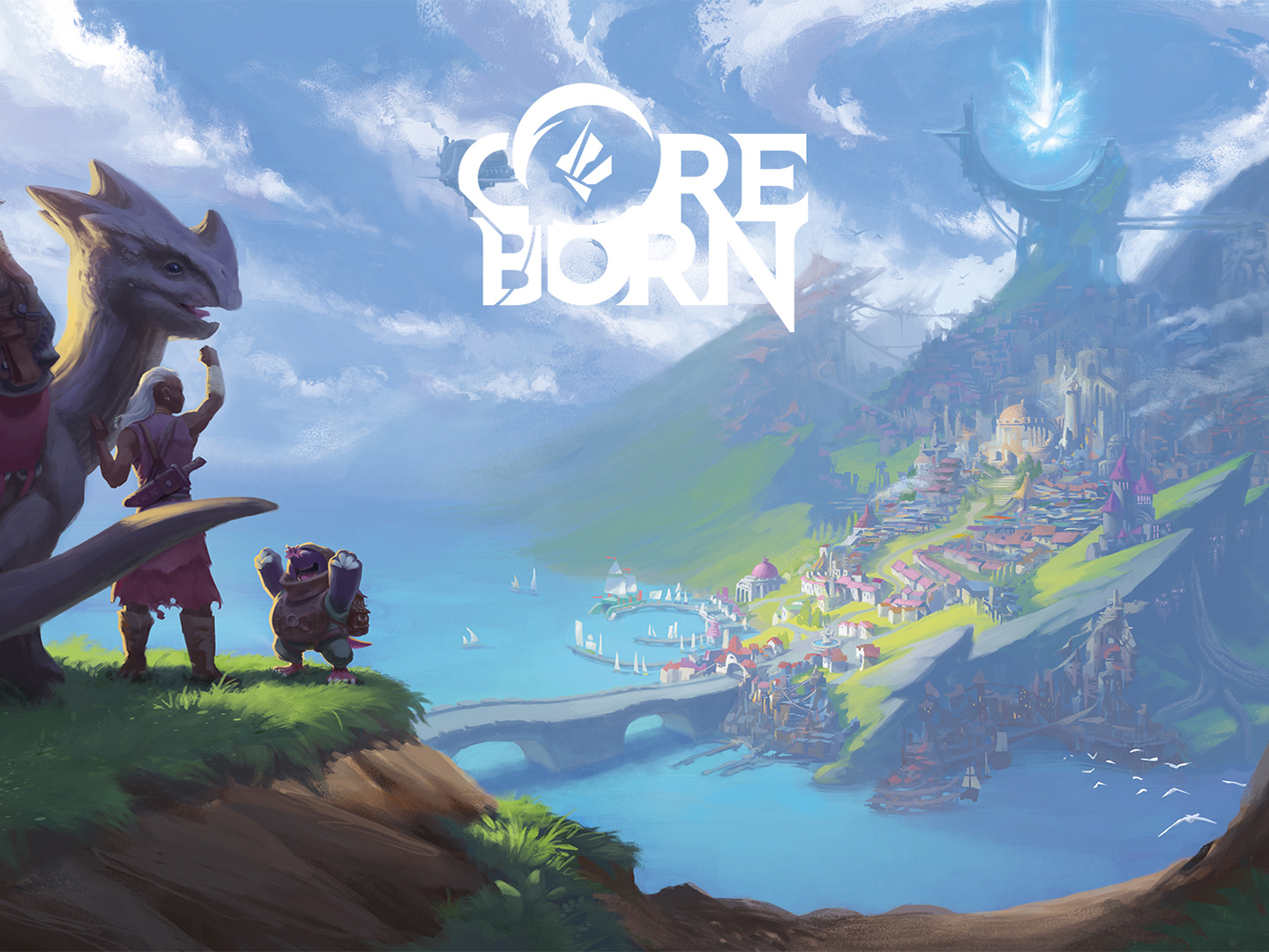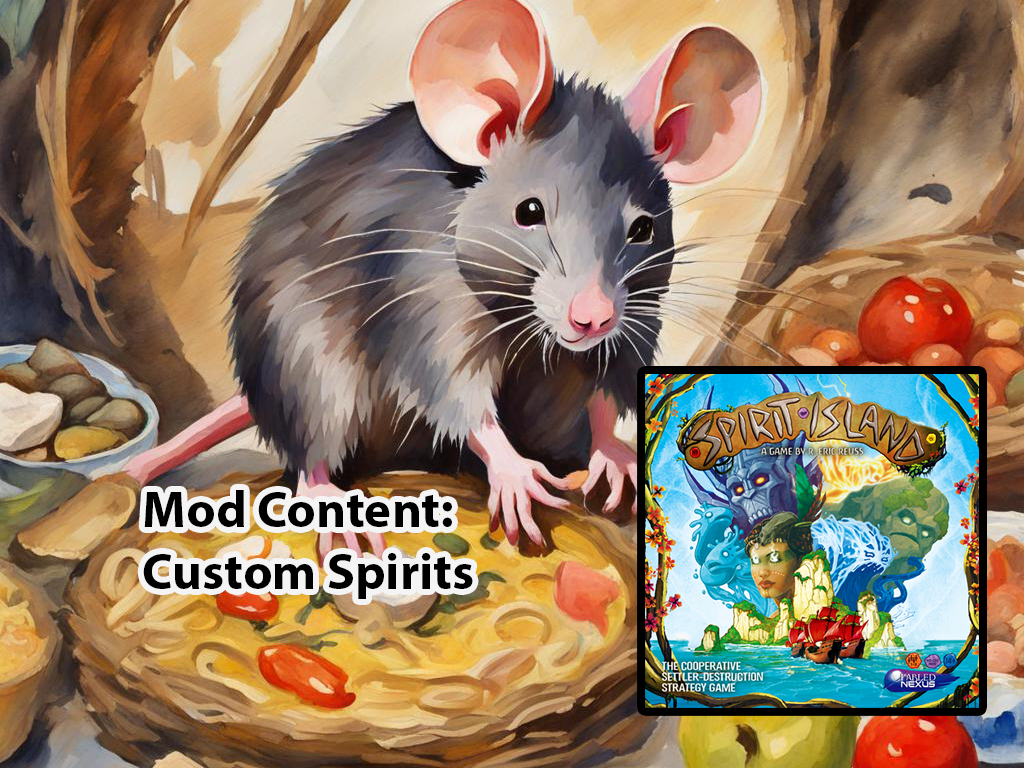Overview
The Shadow Tower is a magical VR game to have fun with chemical reactions in a safe environment. The player learns about and conducts chemistry experiments on an exciting adventure. Shadows have infested the land and the crown is searching for magical alchemists that can help banish the troublemakers.
Aimed at kids with residual vision, who are often barred from participating in chemistry classes, the game has no written text and additional guidance features to make it possible for everyone to experience chemistry experiments first hand!
Project Learnings
Making a game for kids with residual vision offered a very exciting challenge with many opportunities to learn and to improve my skills. I worked on project management, and as designer and programmer.
The first learning was figuring out how to make a research plan about target audience, competitor games, the technology possibilities and scientific background. The project started in cooperation with Visio, but soon it turned out we could not contact the kids that they support for testing purposes. We had to adapt and find additional resources elsewhere. For testing we turned to using a blurred version of the game, emulating a type of residual vision for every tester to experience.
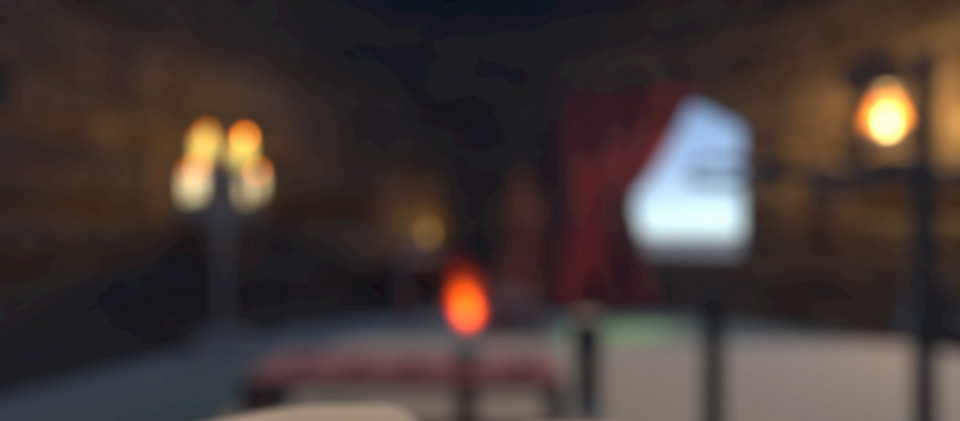
Game view when blurred to test playability with residual vision
Another learning was in the communication for creating the narrative voice lines. Aimed at Dutch kids, we could not make them in English. With our two Dutch speakers not working on the story and instructions but recording the voice lines, changes in the text coming with game iterations had to be communicated well. It led to some avoidable extra work. Clear point of truth and keeping that up to date is something I prioritized from that point onwards.
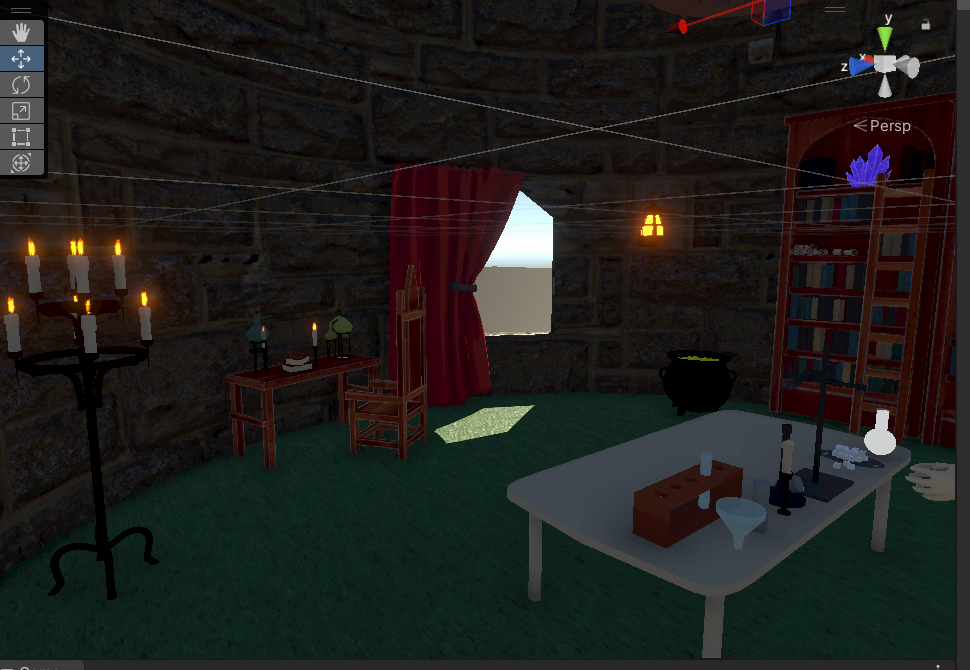
Tower scene before lighting setup
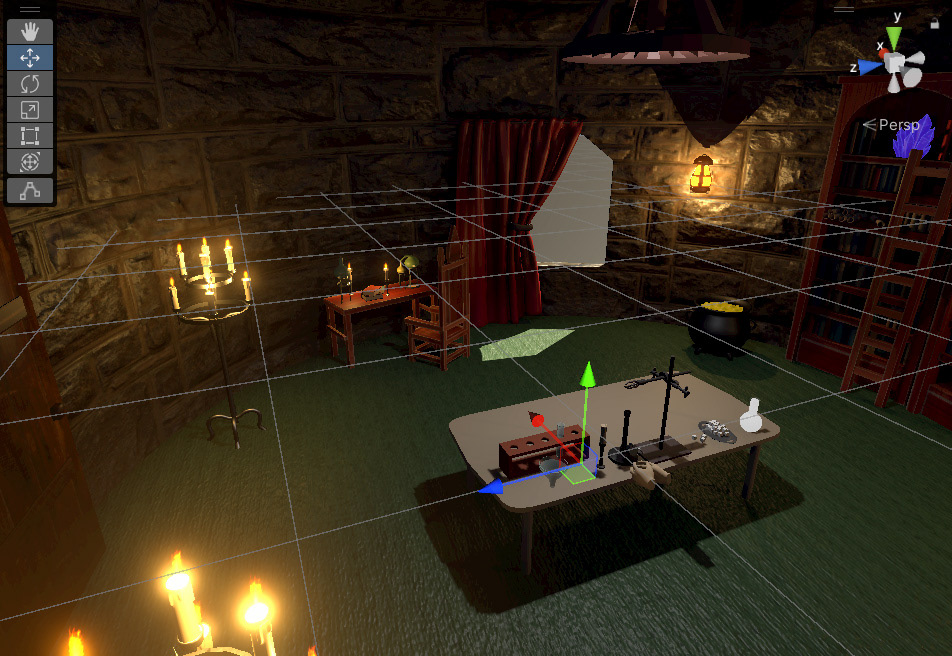
Tower scene after lighting setup
Lighting
A nice thing I experimented with on this project is the lighting. Using it to create the slightly spooky atmosphere for the game but having the readability required for residual vision was a challenge.
One aspect was optimizing the number of light sources, like the chandeliers. In the end, there are still a few iterations left to make the central table and the experiment pieces stand out from the rest even without the very specific emissive highlighting. The building to the Android run VR device had impact on how the lighting looked.
Next time I would like to incorporate that earlier in the conception of the level and the used models, giving more time to figure out the behaviour on build devices as well.
Supporting Player Fantasy
A neat thing at the end, I used a “letter” to hand to people around the university demonstration, introducing and building the player fantasy and the games setting even before they put on the VR headset. It showed nicely how much impact there is already, even outside of the game through marketing or presentation.
